
About Samuel Houston
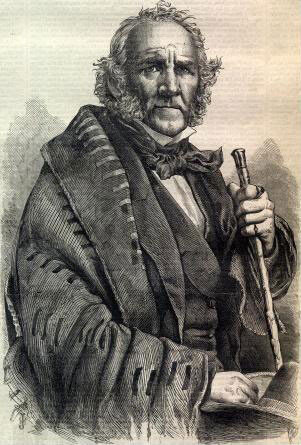
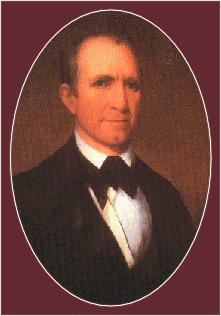

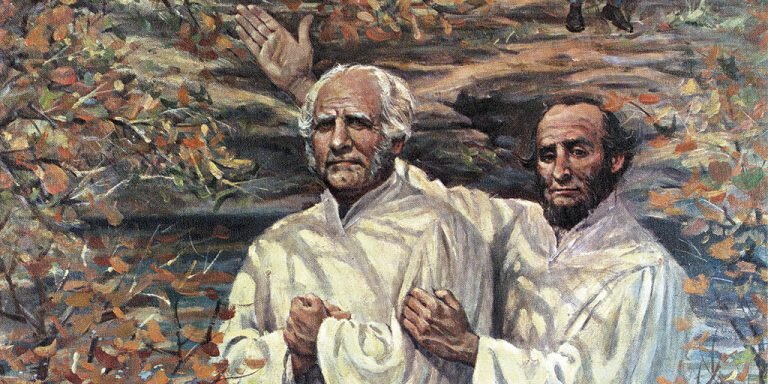
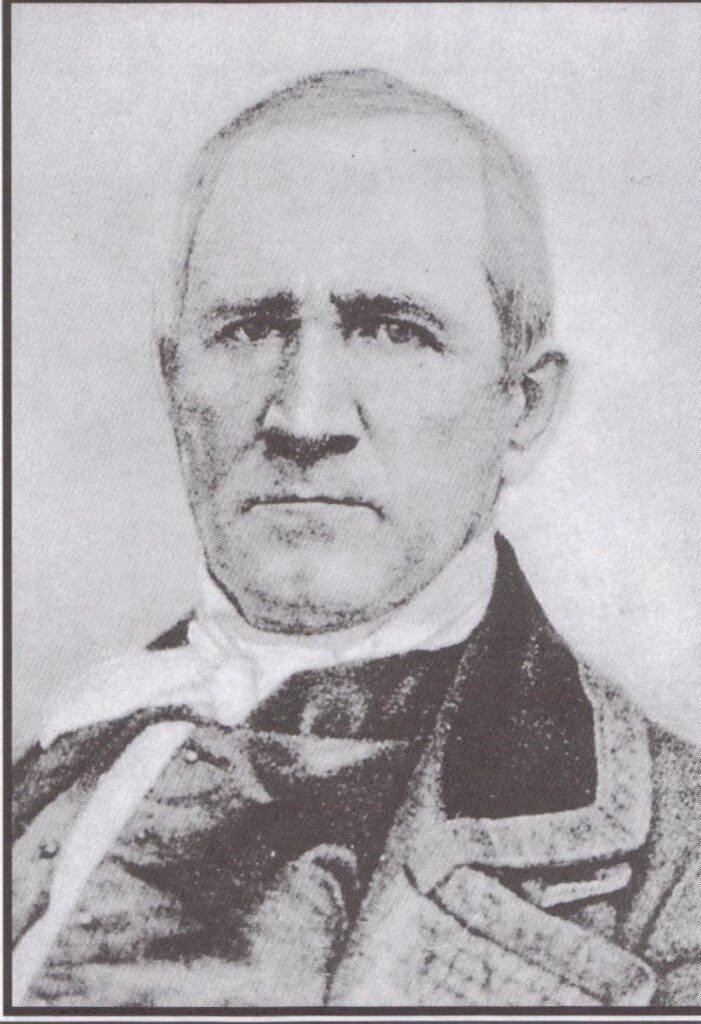

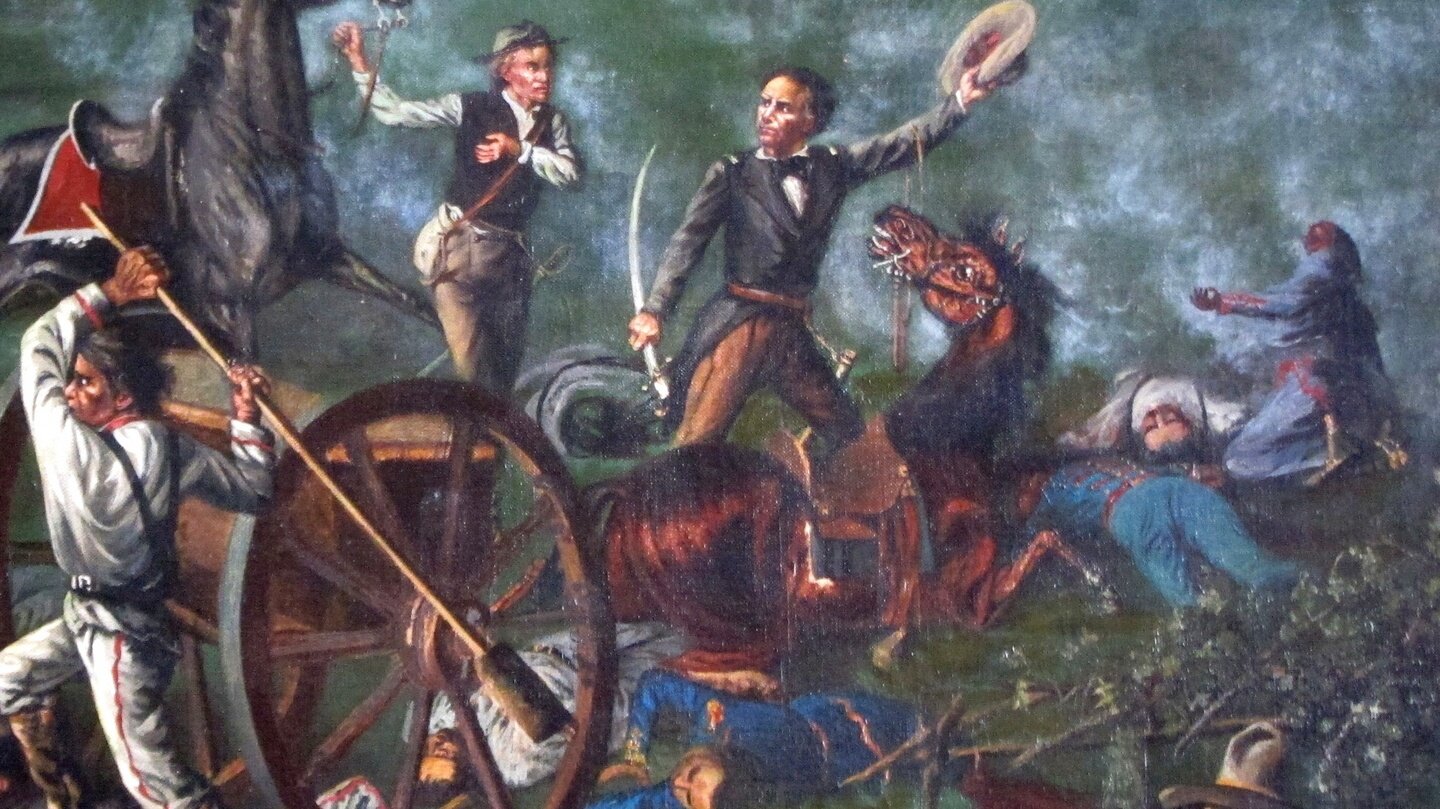
Sam Houston was born in Timber Ridge Church, Rockbridge County, Virginia on March 2, 1793. His family moved to Tennessee in the Spring of 1807. His father had suffered some financial hardship and had sold their farm in Virginia. The family moved to Tennessee after the death of Sam’s father. The family lived on a farm that Sam’s father had acquired before he died. Sam “ran away” from home and lived on an island in the middle of the Tennessee river with some Cherokee Indians. One of the tribal chiefs there “adopted” Sam as his son. This chief’s name was Oo-loo-te-ka [John Jolly].
He gave Sam the Indian name of Co-lon-neh (the Raven). Sam lived with these Cherokee Indians until he was eighteen years old. To pay a bill he owed at the general store Houston taught school in 1812. In 1813, Sam enlisted in the U.S. Army. He served as a Lt. in the Militia under General Andrew Jackson against the Creek Indian “Red Sticks.” He was severely wounded in an attack upon the Indians. Having been shot first in the thigh with an arrow and having had it removed, Sam charged to try and inspire his men to attack. During this charge Sam was shot in the right shoulder and right arm having a ball lodged in each of them. He was left to die since the doctors didn’t think his wounds could be healed.
Quoting from Sam Houston’s writings: “One ball was extracted, but no attempt was made to extract the other, for the surgeon said it was unnecessary to torture me, since I could not survive till the next morning. I spent the night as soldiers do, who war in the wilderness, and carry provisions in their knapsacks for a week’s march. Comforts were out of the question for any; but I received less attention than the others, for everybody looked on me as a dying man, and what could be done for any, they felt should be done for those who were likely to live. It was the darkest night of my life. “On the following day, I was started on a litter, with the other wounded, for Fort Williams, some sixty or seventy miles distant. Here I remained, suspended between life and death, for a long time, neglected and exposed. I was finally brought back, through the Cherokee Nation, to my mother’s home in Maryville, where I arrived in the latter part of May, nearly two months after the battle of the Horse-Shoe.
“This long journey was made in a litter, borne by horses, while I was not only helpless but suffering the extremist agony. My diet was of the coarsest description, and most of the time I was not only deprived of medical aid, but even of those simple remedies which would, at least, have alleviated my sufferings. Our toilsome way was through the forests where we were obligated to encamp out and often without shelter. No one around me expected me to recover. When I reached the house of my mother, I was so worn to a skeleton that she declared she never would have known me except for my eyes, which still retained something of their wonted expression.”He lay all this time before they decided that he would not die and tried to do something with his wounds. He carried bad scars of this battle for the rest of his life. He served in the 39th Infantry from July, 1813, until May 1818, when he resigned. This is when and where he and General Andrew Jackson met and became close friends.
Sam Houston had very little formal education, however, studied law at Nashville, passed the Bar and became a Lawyer in six months. In 1820, Sam ran for the office of District Attorney and was elected District Attorney of Davidson District in Tennessee. He served twelve months very successfully and then resigned. In September, 1821, he was elected Major General in the Tennessee Militia. Sam was elected, in 1823 and 1825, and served two terms as a congressman in the House of Representatives from Tennessee and was a Major General. On October 1 of 1827, he was elected Governor of Tennessee. On January 22, 1829, at the age of 37, he married 18-years old Eliza Allen, but for some reason was very unhappy with her so he resigned as Governor, left his wife and moved to the Indian Territory where he lived again with his adopted father and remarried, an Indian woman by the name of Talahina (Tiana), and worked closely with and for the Cherokee Indian Nation in what was to become Indian Territory, setting relations with the other Indian nations back in the early 1800′s.Actually, Talahina’s name was Diana or Dianna Rogers. She was a member of a very famous Cherokee family and the Cherokee leader, David Gentry. She was a tall and beautiful woman, the daughter of Captain John “Hell Fire Jack” Rogers, one of the most prominent white men in the Cherokee Nation.
Her brothers were: Captain John Rogers, Jr., William Rogers and Charles Rogers, all famous Cherokee Indians. One of her uncles was John Jolly.On October 21, 1829, Sam Houston was made a citizen of the Cherokee Nation (Tribe) by tribal action. He then journeyed to Washington, D.C. vested with “all the rights, privileges and immunities” of a tribal member. There he was officially received as the Ambassador of the Cherokee Nation by the then President of the United States, Andrew Jackson.
In late November of 1832, he went to Texas, made application to live in Stephen F. Austin Colony in 1832.
Sam Houston meet and fell in love with Margaret Lea sometime in the summer of 1839. They were married on May 9, 1840, now Sam was 47 years, two months and seven days old at the time.
Later in March of 1846, Sam was elected to the U.S. Senate as Senator from Texas. He served as Senator until March of 1859. He was elected and inaugurated as Governor of Texas on December 21, 1859, and served from then until 1861
The Civil War turned out just as Sam had predicted. He had said all along that the south didn’t have a chance of winning. Sam Houston died at the end of the Civil War on July 16, 1863, at the age of 70 years, four months and thirteen days.
Sam Houston left his wife and eight children, when he died.